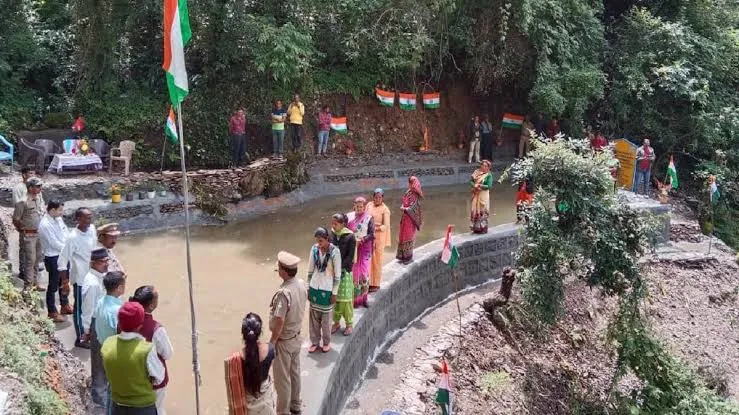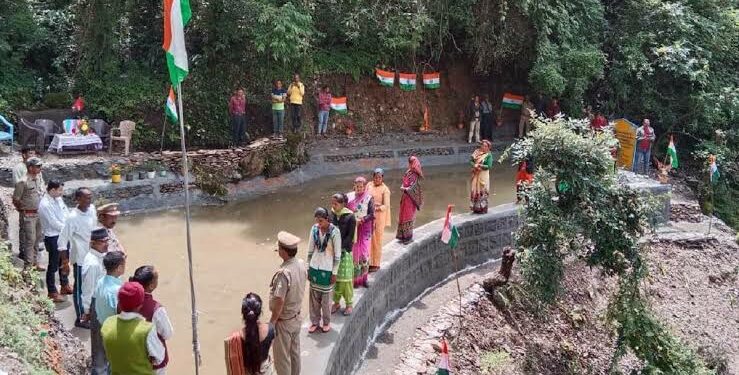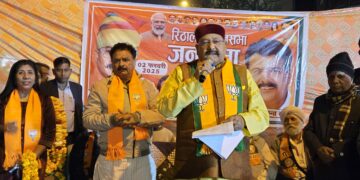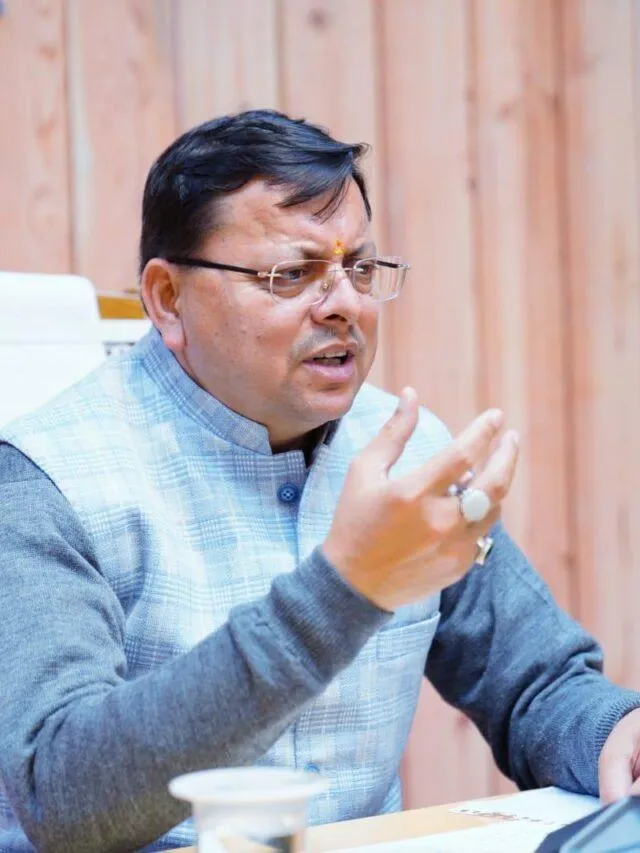
The Mission Amrit Sarovar had initially planned a target to construct or rejuvenate 50,000 Amrit Sarovar ponds across India till 15th August 2023. Now, additional 50,000 Amrit Sarovar ponds will be constructed by 15th August 2023.
The State Governments have identified sites for constructing Amrit Sarovar in the country.
Also Read :
As on 14.12.2022, the construction work has been started on 53,050 sites. The sites on which construction will start soon are 38,503.
No separate financial allocation for Mission Amrit Sarovar launched on 24th April 2022
The Government has created a portal to capture all the activities taking place under the Mission. The details of the identified sites, works commenced and works completed may be seen through the following link: https://amritsarovar.gov.in/login.
Every Amrit Sarovar will have a pondage area of 1 acre with a water holding capacity of about 10,000 cubic metre.
There is no separate financial allocation for Mission Amrit Sarovar. The Mission Amrit Sarovar works through the States and Districts with convergence from various ongoing schemes such as Mahatma Gandhi National Rural Employment Guarantee Scheme (Mahatma Gandhi NREGS), 15th Finance Commission Grants, Pradhan Mantri Krishi Sichayi Yojna sub schemes such as Watershed Development Component, Har Khet ko Pani, besides States’ own scheme. Public contribution like crowd funding and Corporate Social Responsibility is also allowed for the work.
The number of States/ Union Territories covered under the mission including States of Jharkhand and Tamil Nadu are 34. The details of the State/Districts and Location maybe seen through the following link: https://amritsarovar.gov.in/login
Mission Amrit Sarovar has been launched on 24th April 2022 with an objective to harvest and conserve water for future generation. The salient features of the Mission Amrit Sarovar is as follows-
- Mission Amrit Sarovar is based on “Whole of Government” approach with the participation from the Ministry of Rural Development, Ministry of Jal Shakti, Ministry of Culture, Ministry of Panchayati Raj, Ministry of Environment, Forest & Climate Change and technical organizations.
- Under the Mission every district of the country will construct or rejuvenate at least 75 Amrit Sarovars.
- Every Amrit Sarovar will have a pondage area of at least 1 acre with a water holding capacity of about 10,000 cubic metre.
- Every Amrit Sarovar will be surrounded by trees like Neem, Peepal and Banyan etc.
- Every Amrit Sarovar will be a source of generation of livelihoods by using the water for different purposes like irrigation, fisheries, duckery, cultivation of water chestnut, water tourism and other activities. The Amrit Sarovar will also act as a social gathering point in that locality.
- Mission Amrit Sarovar is a visible manifestation of the action during Azadi ka Amrit Mahotsav.
- Every Amrit Sarovar site is a place for flag hoisting on every Independence Day. In Mission Amrit Sarovar, freedom fighters or their family members, martyrs’ family members, Padma awardees are associated.
- The Mission Amrit Sarovar works through the States and Districts with convergence from various schemes such as Mahatma Gandhi National Rural Employment Guarantee Scheme (Mahatma Gandhi NREGS), 15th Finance Commission Grants, Pradhan Mantri Krishi Sichayi Yojna sub schemes such as Watershed Development Component, Har Khet ko Pani, besides States’ own scheme. Public contribution like crowd funding and Corporate Social Responsibility is also allowed for the work.
- The Mission Amrit Sarovar focuses on water conservation, people’s participation and proper utilization of soil excavated from the water bodies to boost infrastructural projects.
- Ministry of Railways, Ministry of Road Transport & Highways and other public agencies engaged for infrastructure project development are also engaged in the Mission for the purpose of use of soil/silt excavated out of the Amrit Sarovar.
This information was given by the Union Minister of State for Rural Development, Sadhvi Niranjan Jyoti in a written reply in Lok Sabha.











